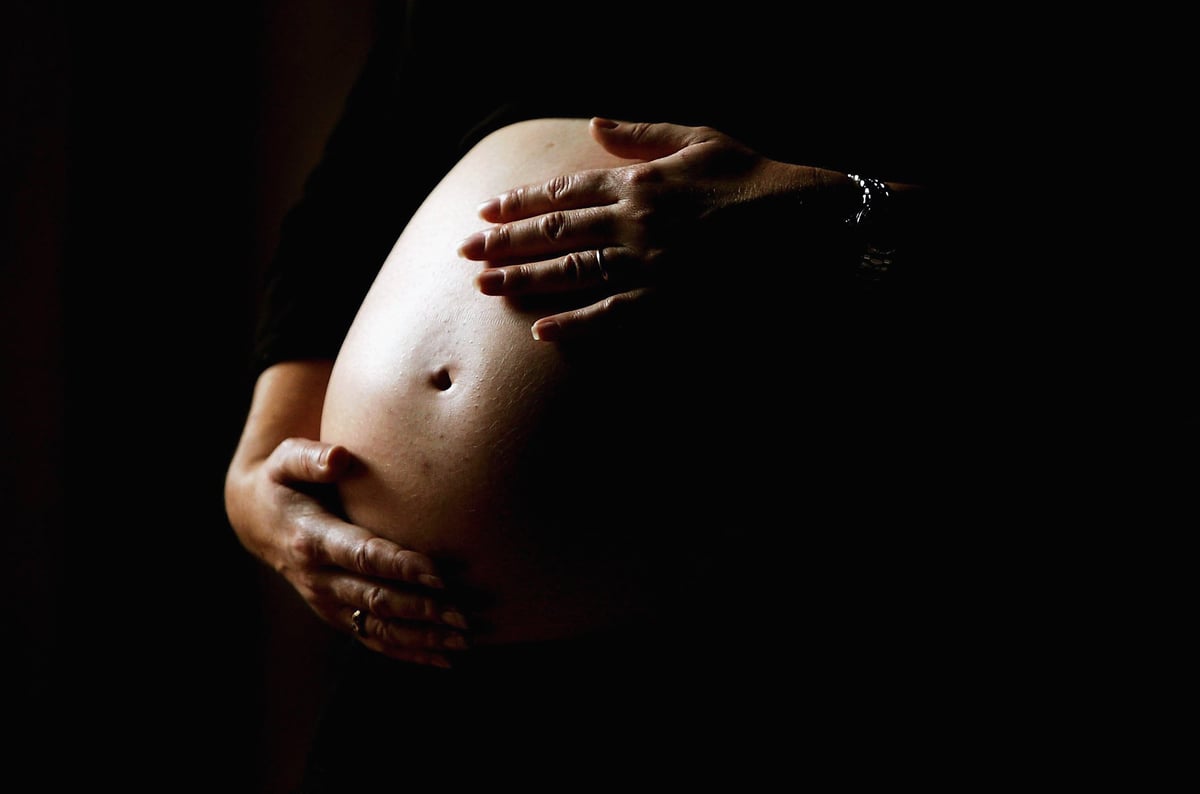Copyright scotsman

Like the majority of expectant mothers in Caithness, Ashlyn drove more than 100 miles to the hospital to give birth. This is the norm in Wick since the local maternity unit was downgraded in 2016. There is still a fantastic midwife-led birthing unit – complete with low lights and a birthing pool – and experienced midwives on hand, but any complications mean a journey all the way to Raigmore Hospital in Inverness. Last week, I saw what this meant first-hand when I drove that twisting, two-lane road on the 110-mile journey with my colleague Rhoda Grant, who has long campaigned on behalf of the women of Caithness. READ MORE: Why everyone needs to know about the deadly dangers of energy drinks We encountered two sets of road works, a crash, and all the unexpected delays these entailed – and that was driving in good weather, outside of the summer season when convoys of caravans head up the North Coast 500. By the time we reached Inverness three hours later, it was clear to me why many mothers ‘choose’ to be induced so that at least they have some control over when they make this journey. But that doesn’t mean it’s a smooth ride. READ MORE: How NHS waiting lists in Scotland and England reveal difference between SNP and Labour in government I heard from the Caithness Health Action Team of a mother expecting twins who gave birth to her first child in Golspie and then travelled in two separate ambulances for the second twin to be born in Inverness. Then there’s the women who are at the start of labour, who are told to go home and wait – but home is more than 100 miles away, so they end up wandering the streets of Inverness, sometimes at night. READ MORE: SNP's attempts to fiddle waiting list figures can't hide truth about NHS from patients like Kieran When Ashlyn arrived at the hospital to be induced, she was told that it was too busy, and she should come back two hours later, but when she returned she was told the same thing again. In the end, she waited nearly 12 hours to be induced. At one point, she was told her son could be transferred to a hospital in Dundee or Aberdeen with her partner, while she was left alone in Inverness, because there was not enough space. Thankfully a space was found, and Ashlyn’s son is now thriving, but the traumatic experience has clearly left its mark. No one I met is under any illusion that access to healthcare can be difficult in urban areas but it is even more so in rural and remote areas like Caithness and Stranraer. But the current risk assessment for maternity services does not include the journey to Inverness, despite the breakneck turns, and the risk of black ice and snow in wintry weather. Nor does it acknowledge the pressures on Raigmore Hospital, which takes in women from across the Highlands and yet had its maternity services upgrade paused by the SNP government last year. Local campaigners have plenty of ideas to improve the situation – from making clear that women who give birth locally know they have the ‘insurance policy’ of an air ambulance if things go wrong, as is the case in Orkney, to better provision of accommodation in Inverness for women waiting to go into labour. As Health Secretary, I would move quickly to improve maternity provision across the country, including in rural and remote areas. Mothers such as Ashlyn deserve nothing less. Jackie Baillie MSP is Scottish Labour’s health spokesperson



